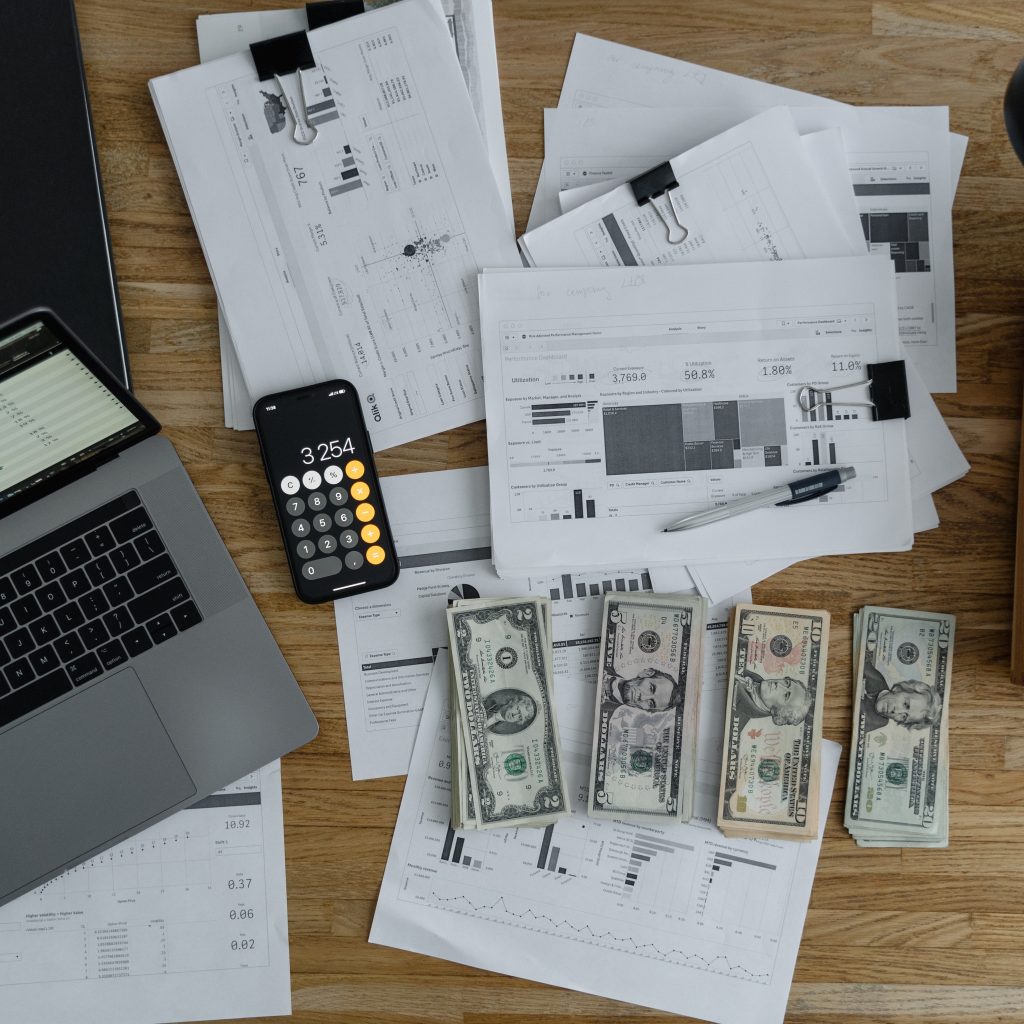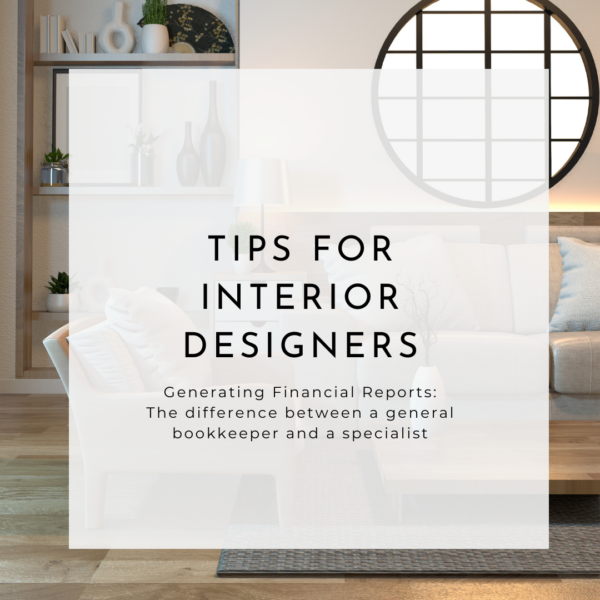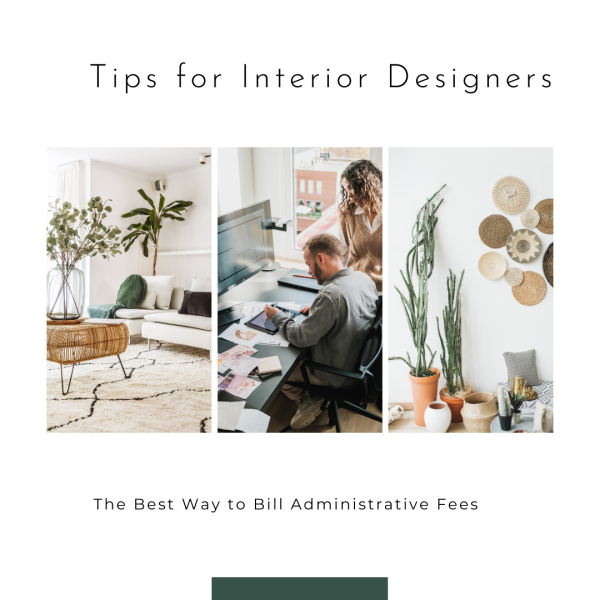Table of Contents
With all the extra stress we’ve all been through last year because of the pandemic, we understand how frustrating taxes can be. Thanks to these 10 tax deductions, interior designers can save a lot of money in taxes.
Our top 10 tax deductions that every interior designer should know:
1. Reference Materials
As designers, you might have purchased books or magazines for your design references. These books can be written off as a tax deduction. What about books that do not have anything to do with art or design like books about business management? The good news is even if the books are not specifically tailored for designers, you can also write them off as long as they have something to do with running the business. The deduction is also not limited to paperback books ⎼ electronic or digital books are also acceptable.
2. Cell Phone Bills
Cell Phone Bills are one of the expenses that we cannot avoid. Thankfully, as designers, you can write off a percentage of your cell phone bill that you use for the business. For example, if your cell phone bill is $1400/year, and 40% of the bill is for personal use and the other 60% is for business, you can write off $840 of your cell phone bill as a tax deduction.
How do you know what is considered for the business and what is not? Put simply, anything that has to do with running the business such as client calls, posting content on the business’s social media, and replying to emails is considered deductible.
3. Professional Development Events or Workshops
As designers, chances are you might have joined professional development events to improve your design skills. If not, you might want to consider joining one. Not only does it improve your skills, but it can also save you some taxes.
If you have ever joined a workshop, you can write it off as a deduction as long as the workshop pertains to the industry or has anything to do with the business. For example, if you go to a conference for interior designers (virtual or non-virtual), they are deductible. Even if it is not specifically for interior designers, such as a networking event, they are deductible since they contribute to improving your business.
However, there are limits to what kind of events you can write off. For example, if you and your team went to a yoga workshop, it would not be deductible since it is more of a recreational workshop rather than a professional development workshop.
4. Gadgets or Electronics
As we all know, keeping up to date with the newest technology can easily eat up our budget. However, we also know that it is an essential thing to do since those old computers can hinder the team from working efficiently, which can eat up our budget even more. The good news is that you can write off electronics/gadgets that you purchase for the business.
For larger electronics, such as computers, you can write off the entire amount as a lump sum in one tax year, or do it in increments over several years using the depreciation method. For smaller electronics, such as keypads, headphones, and mouses, you can directly write off the entire amount on a tax year. Your tax preparer should be able to advise the best for your business.
5. Digital Design Assets
We have already talked about how you can write off your electronics. Well, we have more good news. Not only can you write off your tangible assets ⎼ intangible assets are deductible as well. This includes digital designs, fonts, stock images, presets, etc. So next time you purchase stock images from Canva or fonts from Creative Images, make sure that you keep track of them for your tax deduction.
6. Website Expenses
We know how important it is to maintain a good-looking website nowadays, especially as interior designers. These days, clients can easily choose to work with one business over the other just based on the look of their website. Maintaining a website does not come cheap, but luckily, they are deductible. Leveling up your website not only benefits you from attracting more outreach, but also saves you money in taxes. When you purchase a web hosting service, stock images, or a domain name, they are all deductible.
7. Rent
If you are renting a space, whether it is a co-working space or places you rent to do a business photoshoot or a business meeting, any rent you pay that is used for your business or trade is considered deductible. If you work from home in a home office and your home office is used exclusively for the business, you may be able to deduct a portion of your home-related expenses, such as mortgage interests. Again, your tax preparer should be able to advise you on what you can write off.
8. Internet Bills
As mentioned above, you can write off a percentage of your home-related expenses as a deduction. This is not limited to mortgage interest, but you can also write off a percentage of your utilities, including your home internet bills. The calculation is pretty much the same as how you would calculate the percentage to write off from your cell phone bill. To determine the percentage, track the time you use the internet for your business.
9. Ridesharing Costs
If you use a ridesharing service for work, such as Uber and Lyft, you can write off the costs. However, do note that travels between two office locations are not deductible. For example, if you work from home and you have another fixed office location, travels between those two locations are considered as commuting miles and not deductible. Other than that, rides to meet a client at their home or a restaurant are considered deductible.
10. Software and Apps
If you’re using software for your business, including the ones you subscribe to, you can write them off. This software can include design software such as Adobe, accounting software such as Quickbooks, and project management software such as Ivy or Houzz Pro. As long as they are related to the business, they are deductible. Apps that you have on your phones and use for the business, such as apps to edit the pictures for your business’s Instagram content, are also deductible.
Final Notes
If you have questions about what constitutes an intangible asset, business software, business rideshare, how to calculate percentages of phone or internet bills, or any other write-off listed above, reach out to us! We would love to help.




